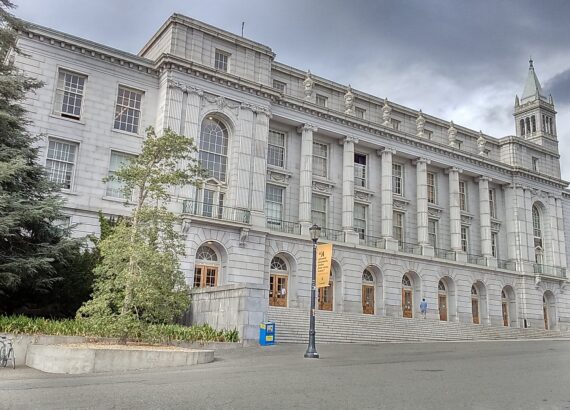The economics of subsidies in competitive markets, in one blog post
I teach masters students the basics of micro- and macro-economics. When we talk about government intervention, one of the first topics is the effect of taxes in an otherwise competitive market. By this point, it’s pretty easy for them to see that taxes hurt both consumers and producers in that market because, generally, (1) buyers have to pay more for the good than before and sellers receive less in revenue than before and (2) taxes reduce the activity that is being taxed, lowering surplus for everyone. For example, if it costs a seller $1 to make a cup of coffee and every day she was selling one to a buyer who was willing to pay only $1.05 (presumably for some amount between $1 and $1.05), placing a 10-cent tax on that market will probably eliminate that transaction. This second effect is called the “deadweight loss” of taxation because losing these transactions creates only costs (to the affected buyers and sellers) and no benefits (because the government doesn’t get tax revenue and consumers/producers do not benefit from transactions that don’t happen). That doesn’t mean we should never have taxes in competitive markets: if the government puts the tax revenue to good use, then social gains can overcome the deadweight loss. It just means there’s no free lunch!
It’s important to note that the assumption here is that we don’t want to limit the economic activity itself (e.g., because it generates pollution). When we talk about “externalities” such as pollution and how taxes can be used to resolve them, I usually ask “Do taxes to correct an environmental externality create deadweight loss?” By this point, a lot of my students have learned to equate taxes with “deadweight loss”, so many will generally say “yes”. However, that is not the case (but I’ll save that for another post).
After we cover taxes, I ask my students: “Do subsidies (in the form of a payment per unit of something produced/sold) in otherwise competitive markets create deadweight loss?” I always think this is an easy question because a subsidy is just a negative tax. The answer then should clearly be “yes”, but the students are usually stumped. So I thought I would write a post about the economics of subsidies.
Unsurprisingly, subsidies work in the opposite way that taxes do: they generally benefit both buyers and sellers by raining the amount a seller receives for selling a good andlowering the amount a buyer pays. No one participating in a subsidized market has an incentive to want to get rid of the subsidy because both sides benefit! Subsidies also increase the amount of the subsidized activity – add a 10-cent-per-cup subsidy for coffee and people will drink more coffee. Someone who wasn’t willing to pay more than $0.95 for that cup of coffee may now buy it for $1 because they also get a ten-cent subsidy that offsets some of that cost. Alternatively, if the subsidy goes to the seller, the seller may lower the price to $0.93, also inducing the buyer to buy.
But this increase in economic activity is not a good thing because the additional “units” being produced and exchanged are costing more to make than the buyers value them at. The net benefit (value to consumer minus cost to producer) to society of this additional economic activity is negative because the buyer values the good less than what it costs to produce. On top of that, subsidies need to be paid for by taxes, which means possibly creating deadweight loss in another market!
One justification people give for supporting subsidies is distributional concerns. Maybe we’re losing some efficiency, but we’re making sure that (presumably poor) people can afford to buy the good in question. However, subsidies are a crude and expensive way for achieving distributional goals because they help everyone who buys in the market, rich or poor. For example, subsidizing college education will certainly help poor students, but if the subsidy is given to everyone, it becomes much more expensive in terms of the amount of revenue (and deadweight loss of taxation) that needs to be generated.
An obvious way to improve on subsidizing something for everyone is more targeted subsidies (like financial aid for poor students). However, even that is not ideal because it distorts individuals’ choices. If we start subsidizing coffee for low-income individuals, coffee will be more affordable, but people will also drink more of it relative to other goods, and it’s not clear that we (or the individuals) want that. Rather, economists advocate giving poor individuals money and letting them decide what to spend it on. That comes with its own set of issues because it creates a larger incentive to pretend to be low-income, but it also respects individuals’ choices and does not lead to unnecessary distortions.
Lesson over.




Comments are closed.